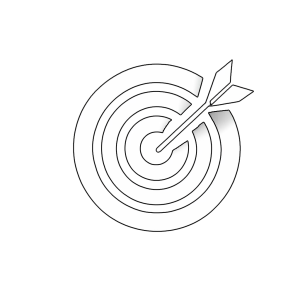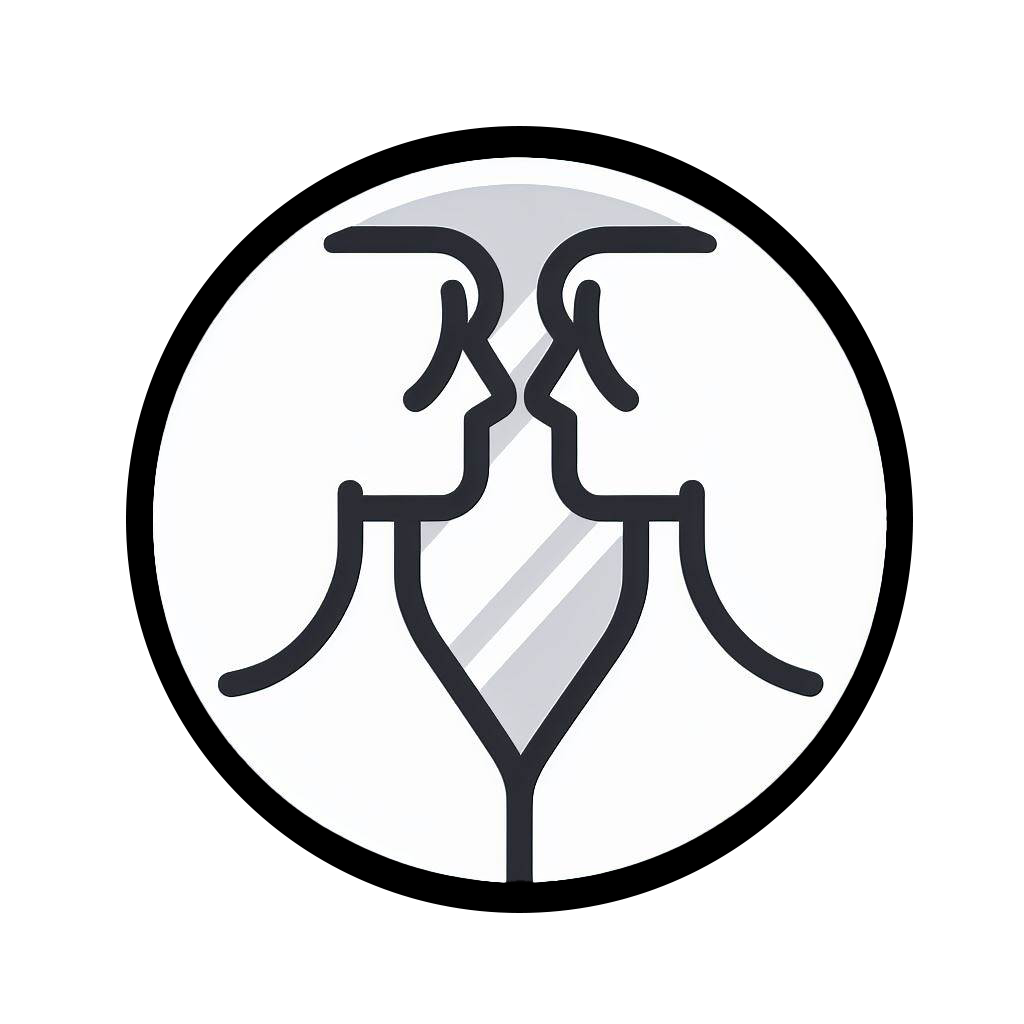Module 1: Becoming A Teacher
 Module 1 Outcomes
Module 1 Outcomes
- MLO 1.1: Evaluate personal motivations for entering the teaching profession in relation to the daily practices and professional expectations of K12 teaching. (CLO IV, InTASC 9i, 9k, 9o, 10t)
- MLO 1.2: Analyze the characteristics of effective teachers. (CLO IV, InTASC 9n, 9o, 10t)
- MLO 1.3: Generate a list of personal and professional development needs to explore in the Teacher Education field. (CLO IV, InTASC 9b, 9e)
There are many different paths teachers can take within their profession. Some teachers teach in elementary school settings, whereas others may teach in secondary or special education settings. Of course, even within each context, there are various roles that teachers can explore and subject areas in which teachers can emphasize.
Navigating the opportunities that are available to teachers can be challenging for future teachers. This experience becomes even more challenging when compounded with core standards, including national and state standards, multiple codes of ethics, school district policies, federal and state laws, and teacher licensure.
Becoming A Teacher[1]
Pre-service teachers, or students enrolled in teacher education programs, must have a strong foundation of knowledge before becoming successful teachers. This foundation of knowledge includes understanding motivations for becoming a teacher, being aware of various approaches to teaching, knowing how those approaches inform your teaching philosophy, and knowing how to effectively and intentionally teach the students in your classrooms despite their varying needs and abilities.
In addition to having this foundation of knowledge, students enrolled in teacher education programs need to have a general understanding of what the day-to-day of being a teacher entails, the certification process they need to go through to become teachers, the state standards they are expected to follow in their state, and how to effectively communicate with various stakeholders, including students, parents, teachers, and administrators.
This module will allow you to begin this process by introducing you to some of the characteristics effective teachers have and showing you what a typical day looks like for elementary, secondary, and special education teachers. As you go through this module, consider the qualities that you find effective teachers to have and the qualities you find ineffective teachers to have, and think about what kind of teacher you would like to be. To do this, you may reflect on your experiences and interactions with your teachers and consider what worked for you as a student and what did not work for you as a student.
 Reflect
Reflect
Thinking About Your Teaching Identity
Watch the following TED Talk and consider Rita Pierson’s perspective through the lens of effective teaching. What traits does she mention that seem to represent effective teachers? What traits does she mention that you see in your teaching approach?
- The following chapter is revised from Foundations of Education (1. Why Teach) by SUNY Oneonta Education Department, under a Creative Commons Attribution 4.0 International ↵
Determine personal motivation, goals, and the process for becoming a teacher and continuing professional growth.
Knowledge. The teacher understands how personal identity, worldview, and prior experience affect perceptions and expectations, and recognizes how they may bias behaviors and interactions with others.
Knowledge. The teacher knows how to build and implement a plan for professional growth directly aligned with his/her needs as a growing professional using feedback from teacher evaluations and observations, data on learner performance, and school- and system-wide priorities.
Disposition. The teacher understands the expectations of the profession including codes of ethics, professional standards of practice, and relevant law and policy.
Disposition. The teacher embraces the challenge of continuous improvement and change.
Disposition. The teacher sees him/herself as a learner, continuously seeking opportunities to draw upon current education policy and research as sources of analysis and reflection to improve practice.
Performance. The teacher engages in meaningful and appropriate professional learning experiences aligned with his/her own needs and the needs of the learners, school, and system.
Performance. The teacher reflects on his/her personal biases and accesses resources to deepen his/her own understanding of cultural, ethnic, gender, and learning differences to build stronger relationships and create more relevant learning experiences.
